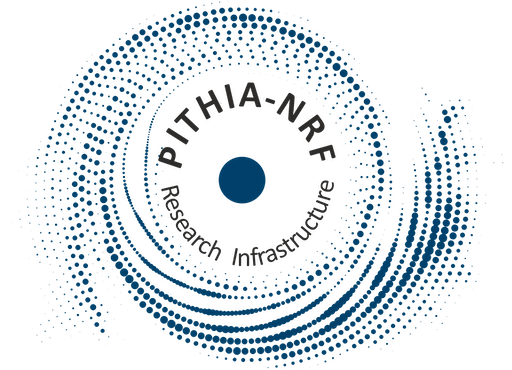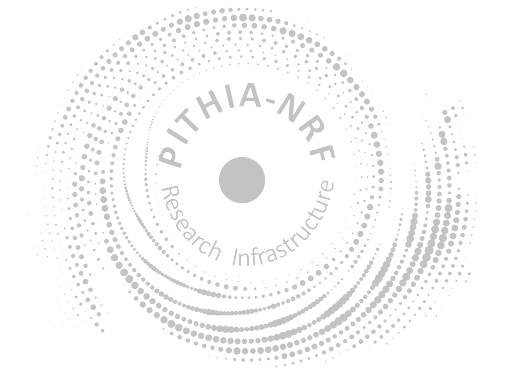<?xml version="1.0" encoding="UTF-8"?>
<ComputationCapabilities xmlns="https://metadata.pithia.eu/schemas/2.2" xmlns:xsi="http://www.w3.org/2001/XMLSchema-instance" xmlns:xlink="http://www.w3.org/1999/xlink" xsi:schemaLocation="https://metadata.pithia.eu/schemas/2.2 https://metadata.pithia.eu/schemas/2.2/pithia.xsd">
<identifier>
<PITHIA_Identifier>
<localID>ComputationCapabilities_eSWua_IONOWORLD_SPF</localID>
<namespace>ingv</namespace>
<version>1</version>
<creationDate>2023-09-06T11:00:00Z</creationDate>
<lastModificationDate>2023-09-06T11:00:00Z</lastModificationDate>
</PITHIA_Identifier>
</identifier>
<name>eSWua IONOWORLD tool: single point TEC forecasting</name>
<description>
A nonlinear autoregressive model with external input, NARX (Xie et al., 2009), is adopted and tuned for 24-h ahead TEC forecasting on 18 grid points chosen in order to cover different latitudinal sectors and different local time. NARX is a recurrent dynamic network, with feedback connections enclosing several layers of the network. It uses a supervised training method consisting in feeding the network with input/output examples to minimize the error function. In this case the external input for forecasting the vertical TEC (vTEC) at a given grid point is the geomagnetic index Kp, available several hours in advance (up to 3 days) from NOAA (https://www.swpc.noaa.gov). The TEC time series is obtained, for each grid points, by extracting vTEC for the considered grid point from Global Ionospheric Map (GIM) provided by the International GNSS Service (IGS) [1] in IONEX format with time resolution of 2 h. The Kp time series is obtained by interpolating 3-h resolution data to obtain a value of the Kp every 2 h. The interpolation method used is the nearest neighbor.
[1]Hernández-Pajares M, Juan JM, Sanz J, Orus R, Garcia-Rigo A, Feltens J, Krankowski A. 2009. The IGS VTEC maps: a reliable source of ionospheric information since 1998. J Geod 83(3–4): 263–275. https://doi.org/10.1007/s00190-008-0266-1.
</description>
<capabilities>
<processCapability>
<name>Vertical Total Electron Content</name>
<observedProperty xlink:href="https://metadata.pithia.eu/ontology/2.2/observedProperty/TotalElectronContent_Vertical"/>
<dimensionalityInstance xlink:href="https://metadata.pithia.eu/ontology/2.2/dimensionalityInstance/1DPoints"/>
<dimensionalityTimeline xlink:href="https://metadata.pithia.eu/ontology/2.2/dimensionalityTimeline/2DTimeseriesStacked"/>
<units xlink:href="https://metadata.pithia.eu/ontology/2.2/unit/TECu"/>
</processCapability>
</capabilities>
<dataLevel xlink:href="https://metadata.pithia.eu/ontology/2.2/dataLevel/L2A"/>
<qualityAssessment>
<dataQualityFlag xlink:href="https://metadata.pithia.eu/ontology/2.2/dataQualityFlag/DQ1"/>
</qualityAssessment>
<type xlink:href="https://metadata.pithia.eu/ontology/2.2/computationType/EmpiricalModel"/>
<type xlink:href="https://metadata.pithia.eu/ontology/2.2/computationType/Fitting"/>
<version/>
<softwareReference/>
<processingInput/>
<algorithm/>
</ComputationCapabilities>

